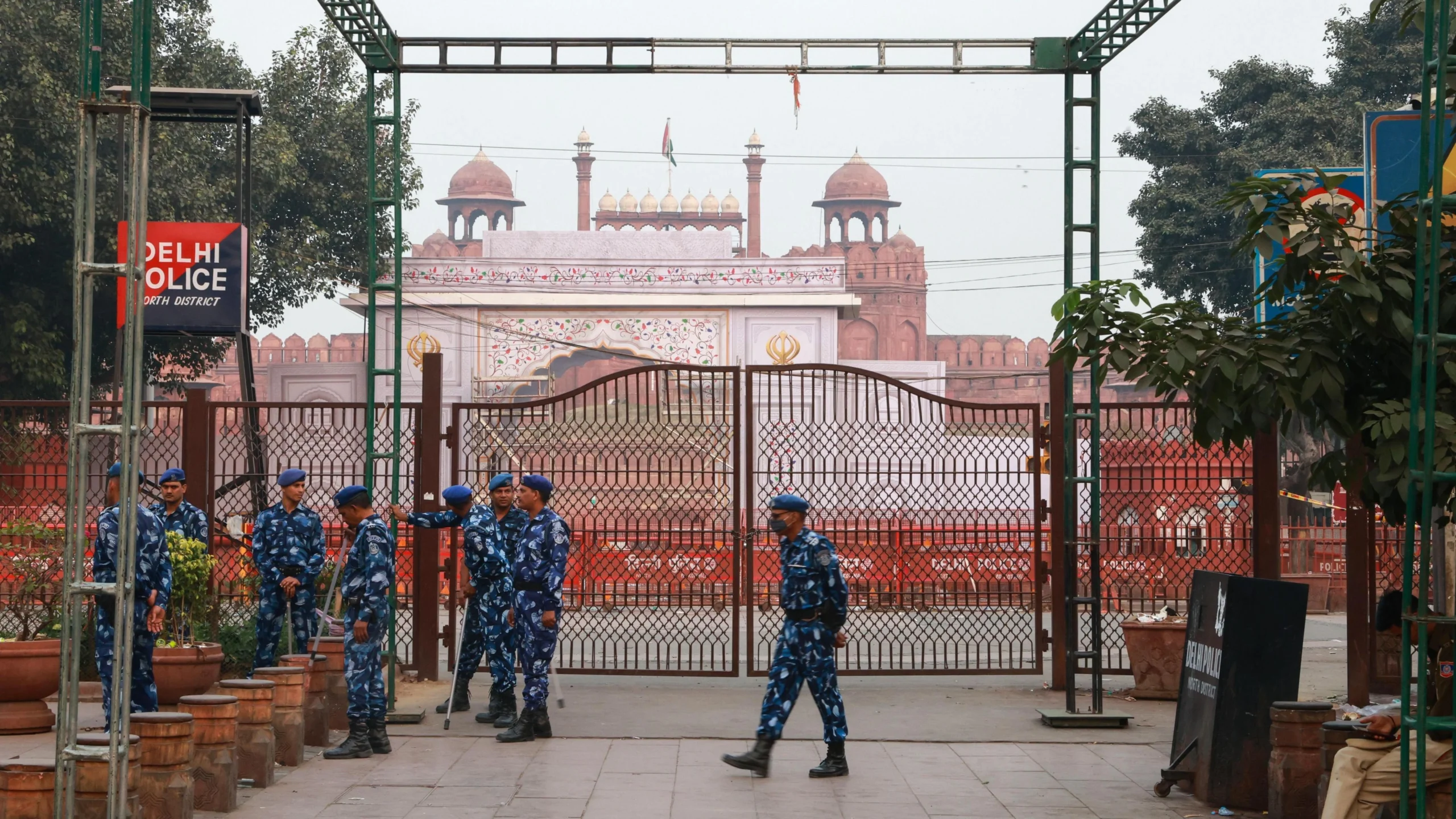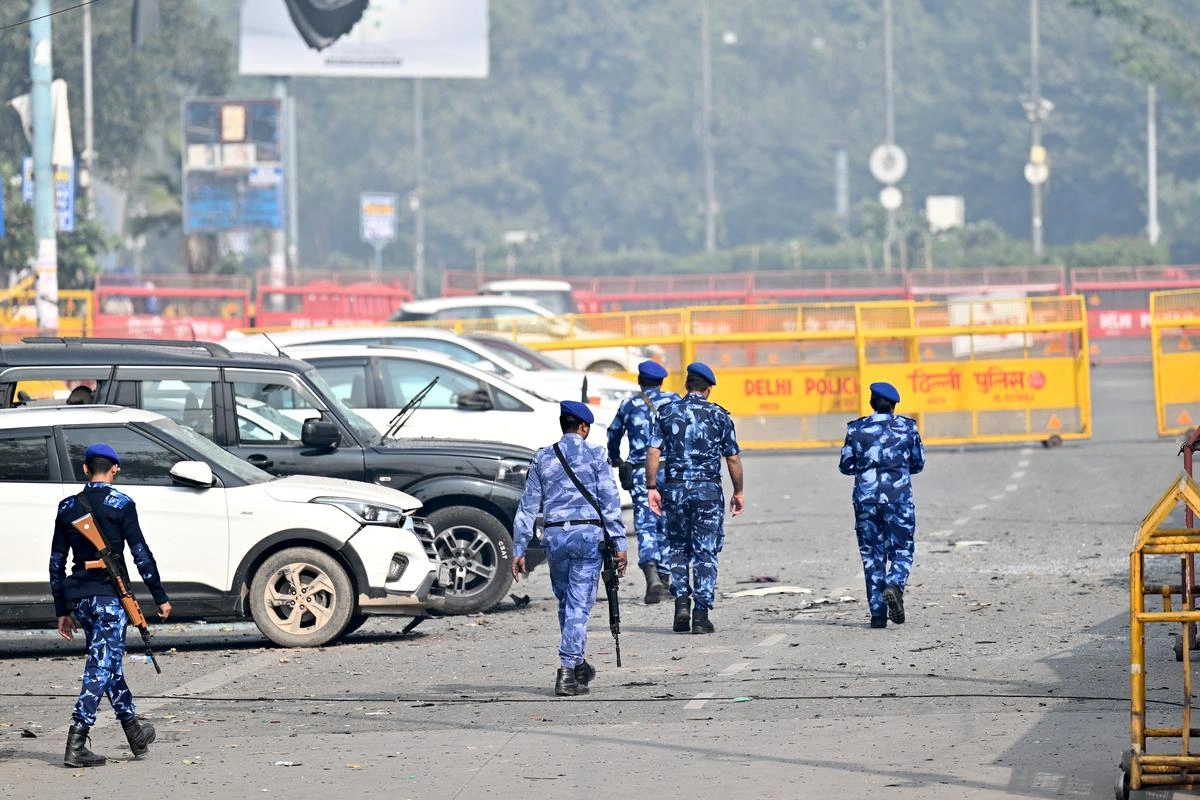When the Taliban’s Commerce Minister, Nooruddin Azizi, arrived in New Delhi this November, the diplomatic visit marked a significant shift in regional dynamics. While many focused on the diplomatic optics, this pivot reveals a deeper truth about the Taliban’s history. They are not just ideological warriors but masters of economic extraction. For three decades, the Taliban have operated what can be called rentier insurgency, a movement that survives not by building a domestic economy, but by expertly milking the geopolitical anxieties of their neighbors.
In the 1990s, the primary cash cow was the Pakistani state, milked through the abuse of the Afghan Transit Trade (ATT) and border smuggling. Today, in their second tenure, as Pakistan finally tightens the noose around these illicit flows, the Taliban have executed a stunning geopolitical pivot. They have set their sights on a new patron: India.
The Smuggler’s State
To understand the Taliban’s current economic statecraft, one must revisit the chaotic markets of the mid-1990s. As the author Ahmed Rashid detailed in his seminal work, Taliban: Militant Islam, Oil and Fundamentalism in Central Asia, the Taliban did not just conquer territory; they conquered the trucking routes.
When the Taliban emerged from Kandahar in 1994, their first major act was not just religious cleansing, but the clearing of roadblocks that had strangled the transport mafia. Warlords across the Spin Boldak-Kandahar corridor were extorting truckers into bankruptcy. The Taliban cleared these chains, establishing a single, streamlined toll system. The transport mafia rewarded them handsomely.
This partnership birthed a smuggler’s state. The mechanism was the Afghan Transit Trade (ATT) agreement. Theoretically, this treaty allowed landlocked Afghanistan to import goods duty-free through the Pakistani port of Karachi. In practice, it became the engine of a massive black economy. Electronics, tires, tea, and textiles would arrive in Karachi, transit to Afghanistan and immediately be smuggled back into Pakistan, sold at rates that undercut tax-paying Pakistani businesses.
By 1997, the World Bank estimated this illicit traffic at $2.5 billion, a staggering sum for the time. The Taliban reportedly earned upwards of $75 million annually just by taxing this flow. They were, in effect, milking the Pakistani treasury. The Pakistani state lost billions in customs revenue, and its domestic manufacturing base was hollowed out by a flood of cheap, smuggled goods.
Why did Pakistan tolerate this economic bleeding? The answer lies in the geopolitical situation of the 1990s. Pakistan was facing a belligerent, nuclear-armed India to the east. The public revolt in Indian-Administered Kashmir was at its peak, draining Pakistan’s military and political attention. Pakistan sought a friendly, or at least a neutral, government in Afghanistan that would not allow India to use Afghan territory as a staging ground for its anti-Pakistan activities.
The Al-Qaeda Wallet
The Taliban’s strategy of milking was not limited to states; it extended to individuals. The sanctuary granted to Osama bin Laden in 1996 is often viewed through the lens of Pashtunwali (the code of hospitality) or shared ideology. While these factors were real, the economic dimension was equally critical.
Bin Laden was a financier before he was a global militant. He arrived in Afghanistan with access to personal wealth, construction machinery, and a network of Gulf donors. In a country with zero infrastructure budget, Bin Laden’s ability to pave roads and fund Arab fighters made him a critical economic asset. The Taliban provided him with physical shelter, and in return, he provided the hard currency that the isolated regime could not generate domestically. It was a transactional relationship that mirrored their approach to Pakistan: extraction in exchange for strategic utility.
The Second Coming
Fast forward to the post-2021 era. The Taliban returned to power expecting the old arrangement to resume: Pakistan would provide the smuggling corridors, and the Taliban would rule as they saw fit. However, there was one irritant to this: Tehreek-i-Taliban Pakistan (TTP), a Taliban-backed terrorist entity waging war against the Pakistani state.
Faced with its own economic crisis and a deteriorating security situation due to TTP attacks from Afghan territory, Pakistan finally decided to stop the milking. Throughout 2023 and 2024, Islamabad launched a crackdown of unprecedented scale. The One Document Regime was strictly enforced, requiring passports and visas for all cross-border movement, effectively killing the easy flow of daily smugglers. Simultaneously, Pakistan tightened the ATT by banning hundreds of items prone to smuggling and demanding bank guarantees. This was accompanied by aggressive forex controls, where a crackdown on currency smuggling stopped the literal bags of US dollars that were being trafficked from Pakistani exchange markets to Kabul to prop up the Afghani currency.
The results were immediate. In late 2024, reports indicated that Afghan transit trade volume had plummeted by over 80% in some sectors. The black economy on the border, which had sustained the Taliban’s shadow finance ministry for decades, began to dry up.
The Pivot to New Delhi
True to their nature as adaptive survivalists, the Taliban did not reform their economy; they simply looked for a new cow to milk. This search has led them to the doorstep of their historical nemesis: India. In the 1990s, India backed the Northern Alliance, and the Taliban were viewed as closer to Pakistan. Yet, in November 2025, we witnessed the surreal spectacle of the Taliban’s Commerce Minister, Nooruddin Azizi, landing in New Delhi to court investment.
This pivot is driven by a convergence of desperate necessity and cold strategy. For the Taliban, with Karachi becoming a choke point due to Pakistan’s restrictions, the regime desperately needs an alternative route to global markets and foreign direct investment to prevent total economic collapse. For New Delhi, this presents a golden opportunity that is not about trade, but a calculated move solely designed to create a strategic challenge for Pakistan. Recent developments confirm this trend. The upgrading of India’s diplomatic mission in Kabul signals a de facto recognition of the regime’s utility, if not its legitimacy.
The Economics of Survival
The Taliban’s foreign policy is often analyzed through the lens of religiosity, but it is the lens of rentierism that explains their longevity. In the 1990s, they exploited Pakistan’s strategic situation regarding India. In the 2000s, they exploited the American presence (via corruption and protection rackets). Now, in the 2020s, they are exploiting India’s desire to contain Pakistan.
The milking strategy is efficient, but it is also perilous. It relies on the perpetual hostility between regional powers. As Pakistan learned, a client state that survives only by extracting rent eventually becomes a liability. India may currently view the Taliban as a useful tool to pressure Pakistan, but the history of the last thirty years suggests that the Taliban are loyal only to their own survival. They will milk the new cow until it, too, runs dry or kicks back.





